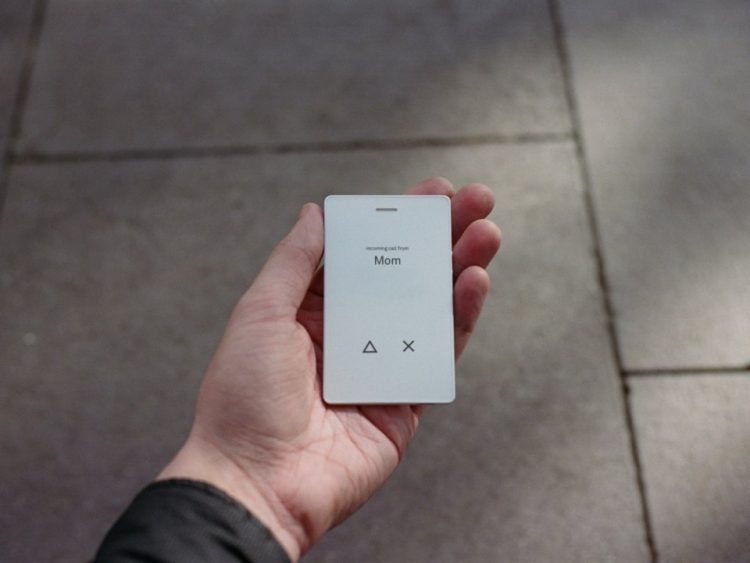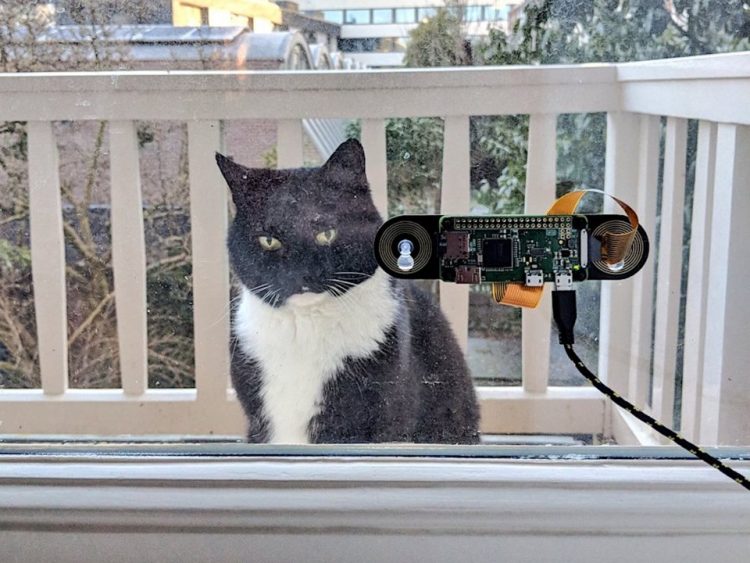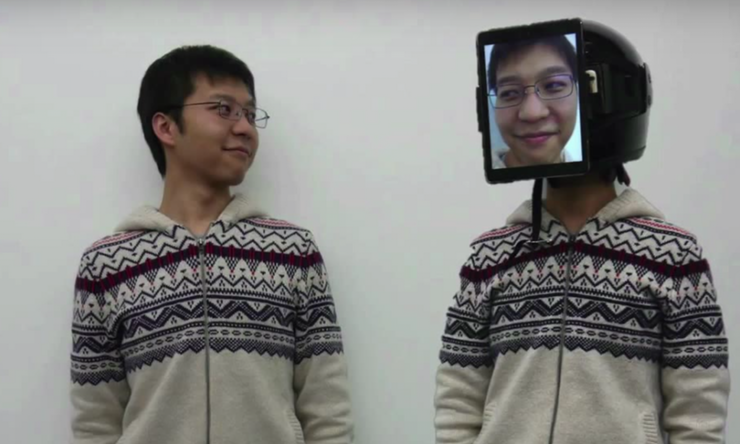Students at the No. 11 Middle School in Hangzhou, China, may want to think twice before dozing off or getting distracted in class as a new facial recognition system will be scanning their faces every 30 seconds to make sure they are paying attention.
Called a “smart classroom behavior management system”, the new monitoring solution recently installed at Hangzhou’s No. 11 Middle School is made up of three high-tech cameras positioned above the blackboard that constantly feed information to an AI-powered software that analyzes the students’ facial expressions and general behavior and assesses whether they are enjoying lessons or if their minds are wandering.





















